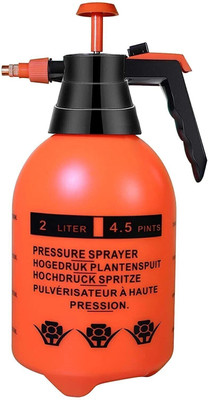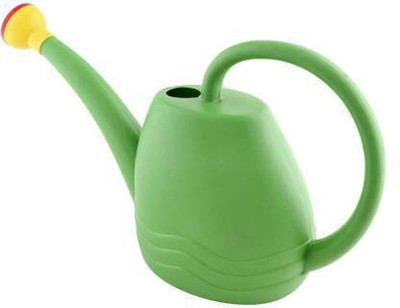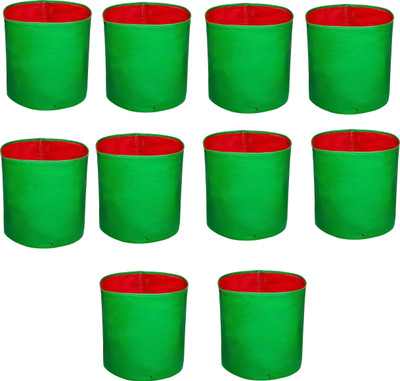
golden hills farm High Yield small onion co k2/shallot onion Seed (400 per packet)
Price: Not Available
Currently Unavailable
Highlights
- Seed Type: Vegetable
- Suitable For: Outdoor
- Organic Plant Seed
- Seed For: High Yield small onion co k2/shallot onion
- Quantity: 400 per packet
Description
Select a location with full sun where your onions wont be shaded by other plants. Soil needs to be well-drained, loose, and rich in nitrogen; compact soil affects bulb development. Till in aged manure or fertilizer the fall before planting. Onions are heavy feeders and need constant nourishment to produce big bulbs. At planting time, you can mix in some nitrogen fertilizer, too, and side dress every few weeks until the bulbing process begins. Seeding Onion seeds are short-lived. If planting seeds indoors, start with fresh seeds each year. Start seeds indoors about 6 weeks before transplanting. Plant onions as soon as the ground can be worked in the spring, usually late March or April. Make sure temperature does’nt go below 20 degrees Fahrenheit. For sets or transplants, plant the smaller sets 1 inch deep, with 4 to 5 inches between each plant and in rows 12 to 18 inches apart. Think of onions as a leaf crop, not a root crop. When planting onion sets, don’t bury them more than one inch under the soil; if more than the bottom third of the bulb is underground, bulb growth can be restricted. Sunlight: Select a location with full sun where your onions wont be shaded by other plants. Soil: Soil needs to be well-drained, loose, and rich in nitrogen; compact soil affects bulb development. Water: Generally, onions do not need consistent watering if much is used. About one inch of water per week (including rain water) is sufficient. If you want sweeter onions, water more. Temperature: 20 degrees Fahrenhiet Fertilizer: Give an occasional feed with a general liquid fertilizer. A light feed of sulphate of potash in June will help ripen the bulbs ready for storage.
Read More
Specifications
In The Box
|
General
| Brand |
|
| Model Name |
|
| Quantity |
|
| Common Name |
|
| Flowering Plant |
|
| Suitable For |
|
| Type of Seed |
|
| Organic |
|
| Family |
|
| Scientific Name |
|
| Uses |
|
| Soil Nutrient Requirements |
|
| Sowing Method |
|
| Net Quantity |
|
Additional Features
| Care Instructions |
|
| Other Features |
|
Be the first to ask about this product
Safe and Secure Payments.Easy returns.100% Authentic products.
Back to top








